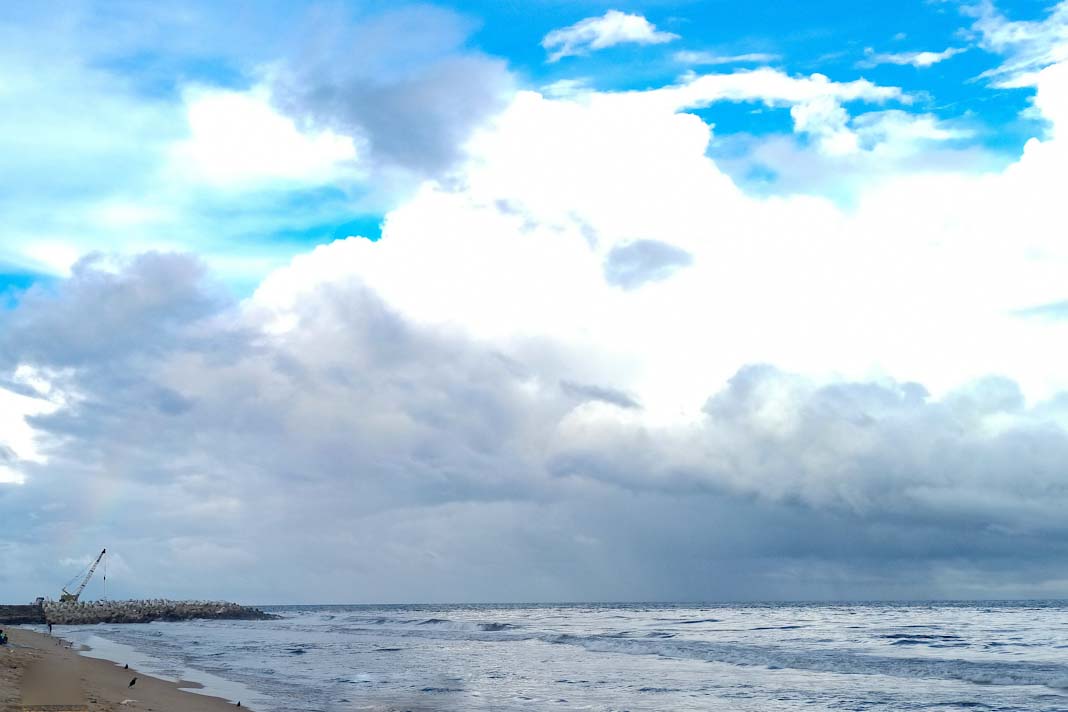If Simon Møkster Shipping is to succeed in cutting its fleet’s greenhouse gas (GHG) emissions by 40% and carbon intensity by 70% by 2030, and ultimately, net zero by 2050, charterers, crew, digitalization, batteries, and shore power will all have big roles to play, reports Riviera.
Hybrids grow at sea
Like other Norwegian shipowners, privately held Simon Møkster is aware of shipping’s importance to the nation’s economy, but also its responsibility in curbing CO2 and GHG emissions; the Norwegian shipping fleet accounts for almost one-half of Norway’s national total emissions, according to the Norwegian Shipowners Association (NSA).
Furthermore, offshore vessel owners must be prepared to comply with new regulations regarding monitoring and reporting their fleet’s GHG emissions, including CO2, methane, and nitrous oxide.
Starting 1 January 2025, offshore vessels of 400 gross tonnes (gt) and above and general cargo ships of 5,000 gt and above will be obligated to report their GHG emissions under the amended EU Monitoring, Reporting and Verification (MRV) regulation.
And, in the not-too-distant future, probably in 2027, offshore vessels will come under the EU Emission Trading System (EU ETS).
Simon Møkster’s chief executive, Anne Jorunn Møkster, outlined the company’s progress and the measures it is taking to make its ambitions a reality in the Norwegian owner’s Sustainability Report, recapping its efforts for 2023. Ms. Møkster noted that Simon Møkster Shipping made steady progress in reducing its carbon footprint in 2023, even with record-setting fleet utilization levels of 100% in November and December, and contract coverage at a record high of over 90% going in 2024.
“Even with the high fleet utilization, the company still managed to lower the scope 1 CO2-e emissions by 3.7 % year-over-year. Compared to the base year 2008, we have achieved a reduction in CO2-e emissions of 10.7 %.” Fleet fuel efficiency improved by 6.1% and 2,377 t of CO2 was saved by using shore power.
Simon Møkster undertook several measures throughout the year to enhance fuel efficiency, including the use of shore power, battery installation, routine propeller, and hull cleaning, dissemination of vessel best practices, and participation in fuel reduction campaigns.
Ms Møkster cited efforts such as the company’s decade-old fuel-saving initiative FuelRace and the VPS Maress Summer Campaign 2023, which won the OSJ Environmental Award of 2024. The campaign brought together eight owners operating 133 OSVs, saving more than 10,000 tonnes of CO2 emissions over 60 days. Stril Barents received the award for Most Improved PSV in 2023. Winners are based on how they perform against their baseline measurements.
Simon Møkster, along with 11 other OSV owners, participated in the VPS Maress Summer Campaign 2024, which involved 303 vessels saving some 7,000 tonnes of CO2 emissions over 90 days.
Hybrid upgrades
Family-owned Simon Møkster sees investments in battery solutions underpinning its energy efficiency improvement and emissions reduction efforts. Simon Møkster Shipping chose to install an e-SEAMatic Blue hybrid system from SEAM to convert the PSV Stril Mar at Norway’s Westcon Yards.
Retrofitting existing tonnage will be one of the quickest and most effective means of lowering overall fleet emissions, making a containerized energy storage system solution a flexible option for offshore owners who want to convert their vessels to more energy-efficient and environmentally friendly operations.
At the time of conversion, Stril Mar was fitted with Brunvoll’s new “human-centered interface” dynamic positioning system, BruCon DP2. The vessel’s Brunvoll BruCon DP2 system became the first such system to pass third-party testing and verification in late January.
Following Stril Mar into the shipyard for a similar hybridization upgrade was the subsea, IMR survey, and ROV support vessel Stril Server.
Battery-hybrid applications are increasing in popularity. About 81% of the nearly 1,000 ships equipped with batteries are hybrids or plug-in hybrids, according to DNV Alternative Fuel Insights. Norway has been a leader in maritime battery applications, representing one-third of global installations. Battery systems provide flexible power, operating in several modes: harbor mode, peak shaving, and spinning reserve. In peak shaving mode, for example, battery power is used in place of a diesel-driven genset when an OSV needs temporary additional power. Battery hybrid systems can provide significant reductions in fuel consumption and emissions, especially on OSVs during dynamic positioning (DP) operations.
Conversion of CSV
Norwegian owner Rem Offshore recently contracted NES to deliver containerized energy storage systems (ESS) for the 11-year-old construction support vessel Rem Inspector.
The system includes a Quest battery charger, a 1-MW battery package, and a control system.
Rem Offshore recently ordered a methanol dual fuel-battery hybrid subsea construction vessel — its first newbuild net-zero emissions vessel — from Myklebust Verft.
NES, a subsidiary of HAV Group, will deliver the equipment during Q1 2025 and manage the project from its headquarters in Bergen, Norway.
Did you subscribe to our daily Newsletter?
It’s Free! Click here to Subscribe
Source: Riviera
















